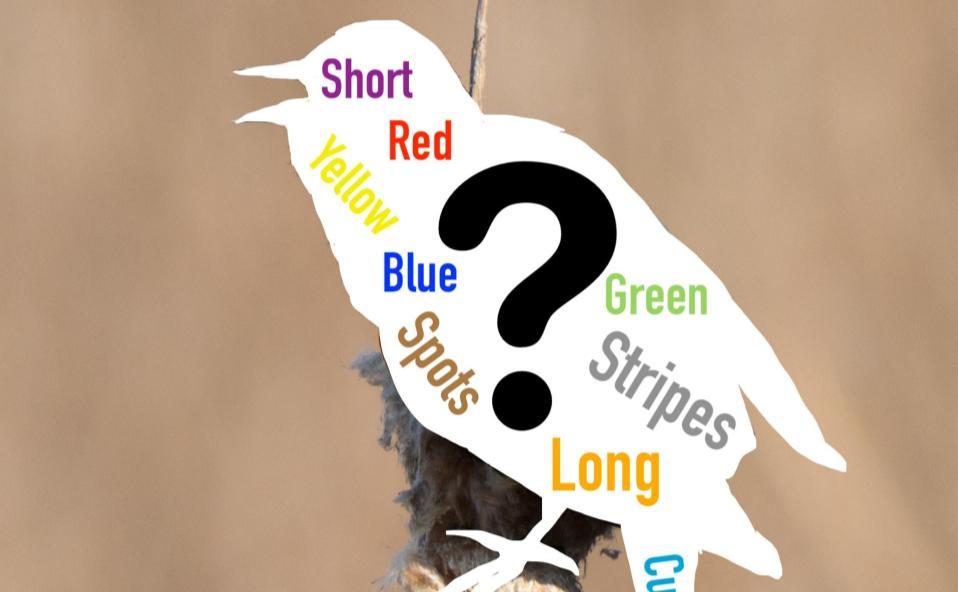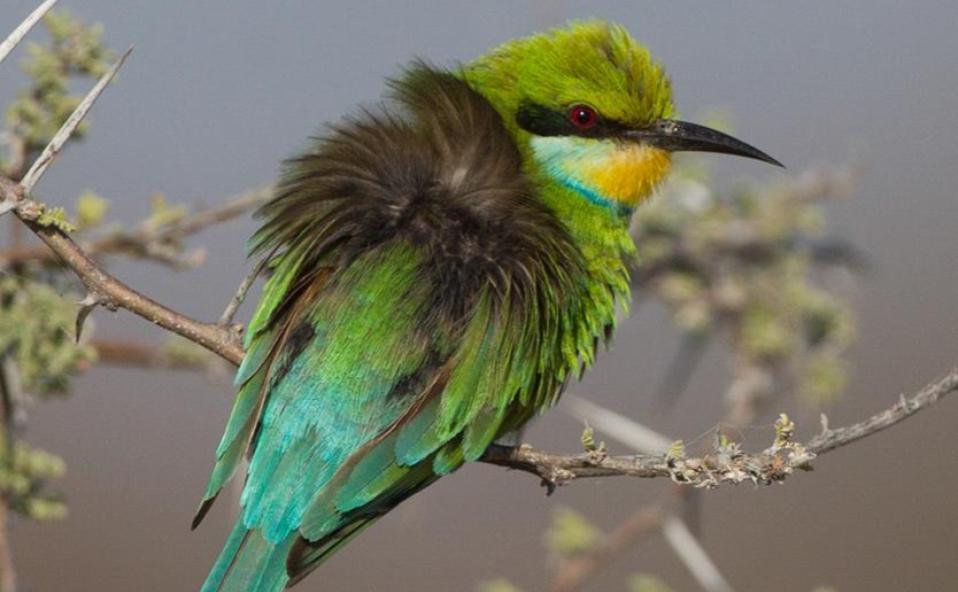One of the most enduring and resonant powers of the natural world is its capacity to inspire wonder in those who experience it. Whether derived from a stunning vista of massive scope, or from the delicate intricacies of the smallest flower, that wonder is what draws us to the outdoors. It is this reason that Pickering Creek Audubon Center wants to lift spirits during the current health crisis with birds. Center Director Mark Scallion states, “Birds represent hope, resilience, and an inspiring ability to adapt, and I think this community shares those same traits. We want to remind folks that with hope, resilience and adaptability, we’ll come out on the other side of this health event even stronger—for each other and for the environment.”
 In a typical spring, most of Talbot County’s students would be visiting Pickering Creek for a field experience. This spring Audubon staff at Pickering was expecting to see not only students from Talbot County, but also Wicomico, and Caroline counties. In the face of this unprecedented health crisis, Pickering Creek Audubon Center has had to curb it’s outdoor and classroom activities, which has been sobering. However, as environmental educators tend to (and often have to) Pickering Creek staff must see this challenge as an opportunity. Pickering educators are spending time developing a suite of creative lessons and activities to keep its community of nature enthusiasts of all ages connected to the outdoors. In addition to currently working with school system partners to adapt STEM-oriented environmental programs, Pickering is thinking of families and the increased time they are spending together as we “stay at home”.
In a typical spring, most of Talbot County’s students would be visiting Pickering Creek for a field experience. This spring Audubon staff at Pickering was expecting to see not only students from Talbot County, but also Wicomico, and Caroline counties. In the face of this unprecedented health crisis, Pickering Creek Audubon Center has had to curb it’s outdoor and classroom activities, which has been sobering. However, as environmental educators tend to (and often have to) Pickering Creek staff must see this challenge as an opportunity. Pickering educators are spending time developing a suite of creative lessons and activities to keep its community of nature enthusiasts of all ages connected to the outdoors. In addition to currently working with school system partners to adapt STEM-oriented environmental programs, Pickering is thinking of families and the increased time they are spending together as we “stay at home”.
It is with both families and students in mind that Pickering Creek Audubon Center announces a community sharing activity called “Dream Birds.” Pickering Creek educator, Nico Sarbanes says, “Many of the moments that really solidified my love of birds at a young age were those moments when, flipping through the pages of my first field guide, I discovered a fantastic-looking bird that I never would have thought existed. The first time I saw a picture of a Roseate Spoonbill, I was completely floored. How could there really be a bird that looked like this, as if two spatulas had been glued to its head? The rainbow colors of the Painted Bunting, and the massive, long-toed feet of the Northern Jacana, elicited the same reaction. With over 10,000 species of birds worldwide, I still find myself constantly surprised and awed by the diversity of the avian world.”

Swallow tailed bee eater from Africa. Photo Credit: Michael Rosenbaum.
With Audubon’s “Dream Bird” activity, created by Nico, staff is hoping to create similar moments of excitement about birds in our community, showcasing some extraordinary birds whose field marks often seem like they were picked right out of our imaginations. Young nature lovers (though submissions from all ages are welcome!) are challenged in this activity to imagine a bird that they don’t think really exists. Through a series of prompts and drawings, participants will describe their dream bird’s key field marks, and then submit their descriptions and drawing to Pickering Creek. Upon receiving submissions, Pickering Creek staff and volunteers will get to work trying to find real-life bird species that match the “dream birds.” Once a match has been found, participants will receive a species profile and a picture that matches the Dream Bird. The most creative and artistic submissions will have a chance to be featured on Pickering Creek’s social media pages.
If you or your child would like to submit your own “Dream Birds” to Pickering Creek, visit https://pickering.audubon.org/
Don’t miss the latest! You can subscribe to The Talbot Spy‘s free Daily Intelligence Report here



Write a Letter to the Editor on this Article
We encourage readers to offer their point of view on this article by submitting the following form. Editing is sometimes necessary and is done at the discretion of the editorial staff.